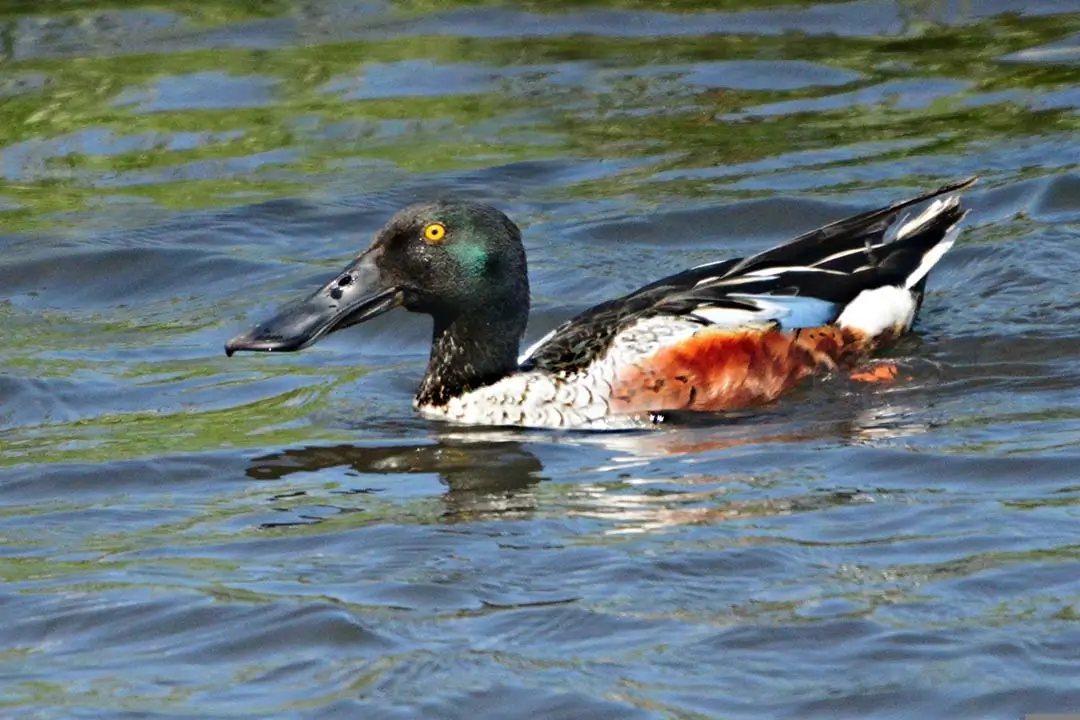
BIRDING IN
Lochinvar National Park

BIRDING IN
Lochinvar National Park

BIRDING IN
Lochinvar National Park

BIRDING IN
Lochinvar National Park
The Park is situated on the southern edge of the Kafue Flats, a wide floodplain of the Kafue River between Itezhitezhi dam in the west and Kafue Gorge in the east. The area extends for 33kms from the Kafue River in the north to low wooded hills in the south. It includes the large, shallow Chunga Lagoon which fluctuates considerably in size with variations in river levels. The varying vegetation makes it an interesting park to visit with floodplains, woodlands and termitaria.
Lochinvar, although not abundant in the larger mammals, is nonetheless a park of brilliant beauty and exceptional birding opportunities with over 420 recorded species in its 428 square kilometers. The Kafue Flats floodplain, in the northern section, floods from the Kafue River, and here you'll find thousands upon thousands of the endemic Kafue lechwe, one of three subspecies of lechwe found in Zambia. More than 30 000 of them make the flats their home and move seasonally according to the flood level. At high water, massive herds may be seen along the upper floodline and in the open grassland further south. As the floods recede the herds move north into the grassy floodplain.
They feed on grasses and herbs in water up to a meter deep and are often seen wading or swimming in the Chunga Lagoon. Mating takes place mainly between December and January. Males fight over small territories known as leks and then mate with several females.
Some of the best wetland birding in the world can be seen here that is to saywaterbirds, camping or day trips. These include: Slaty Egret, Wattled Crane, Common Pratincole, White Pelican, Saddle-billed Stork, Denham's Bustard, Yellow-throated Sandgrouse, Caspian Plover and many palearctic waders and very good for raptors.
The floodplain is a wide almost flat area, with black clay soils, sloping almost imperceptibly towards the Kafue River. Vegetation is made up of grasses, sedges and herbs adapted to an annual pattern of flooding. Many plants grow up with the rising waters to become emerging aquatics at high flood. A few isolated winterthorns (Acacia albida) and palms (Borassusaethiopicum) occur on the river banks. Hundreds of wattled cranes can be seen feeding on vegetable matter dug from the soft mud and the large marabou stork scavenging for stranded fish.
Around Chunga Lagoon you'll find the greater and lesser flamingo, the pink backed and white pelicans, African skimmer, Caspian tern, Baillon's crake and the red knobbed coot. Many species of duck are abundant in this environment; the black duck, fulvous duck, whistling duck, pintail, garganey, southern pochard, pygmy goose, yellow billed duck and the Cape and European shovellers. Waders include avocet, the Mongolian, Caspian and Pacific golden plovers, whimbrel, turnstone, sanderling, little stint, spotted redshank, black tailed and bar tailed godwits and six species of sandpiper. Over 50 raptors occur including the black sparrowhawk, osprey, secretary bird, African cuckoo hawk and the peregrine falcon to name a few. Other interesting sightings include the white-bellied and black bellied korhaans, yellow throated sandgrouse, narina trogon, and Denham's bustard.
Our Experts are ready to provide answers
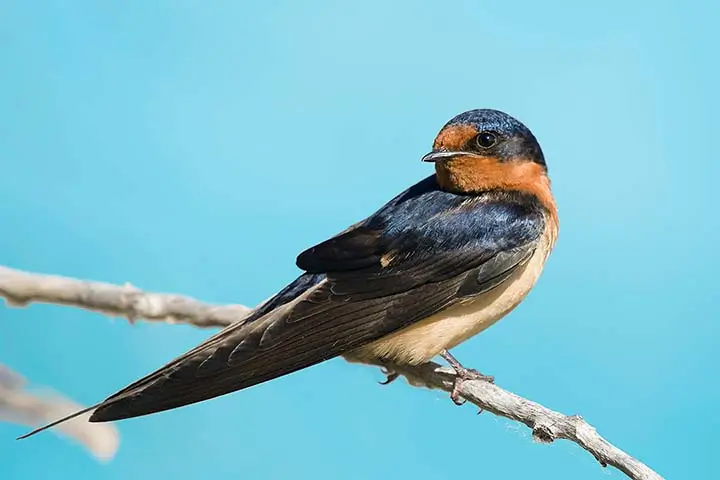
Bangweulu Swamps between Serenje and Samfya is the place for Shoebills, several camps and other good birding spots nearby e.g. Kasanka and Lavushi Manda National Parks.
Read More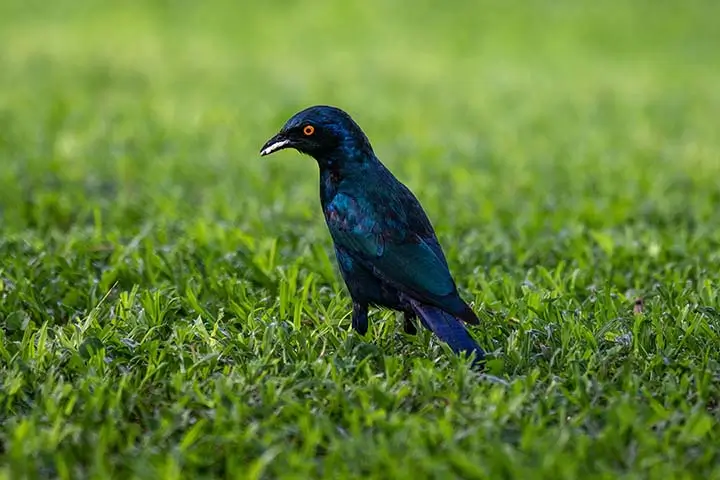
Chimfunshi is recognised as an Important Bird Area, an area recognised as being a universally important habitat for the conservation of bird populations. Chimfunshi is one of about 10,000 IBAs worldwide.
Read More
Kasanka is a great birding destination, with just over 470 species recorded in what is a very small area. The park is home to a few species at the edge of their range, more commonly associated with Central Africa.
Read More
Impressive water birds dominate the landscape after the rainy season. Large flocks of cranes, pelicans, storks, herons, ibises, spoonbills and ducks feed in the pans.
Read More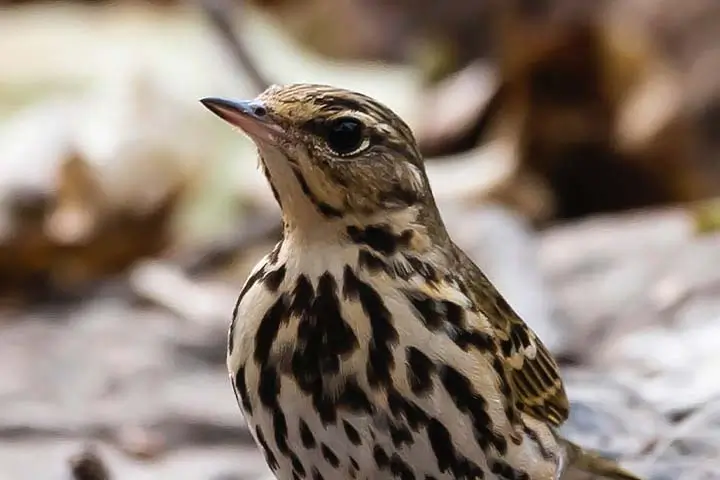
Mutinondo is listed as an Important Bird Area of special interest, with an incredible 362 species on the list; remarkable for such a small reserve.
Read More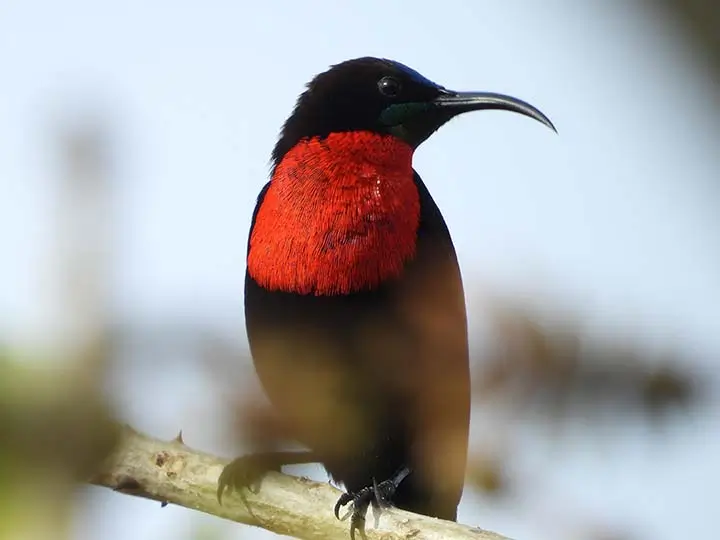
The Mwinilunga area is best known for the accessible Congo-Guinean forest areas and the big number of birding specials that can be found in the forest areas.
Read More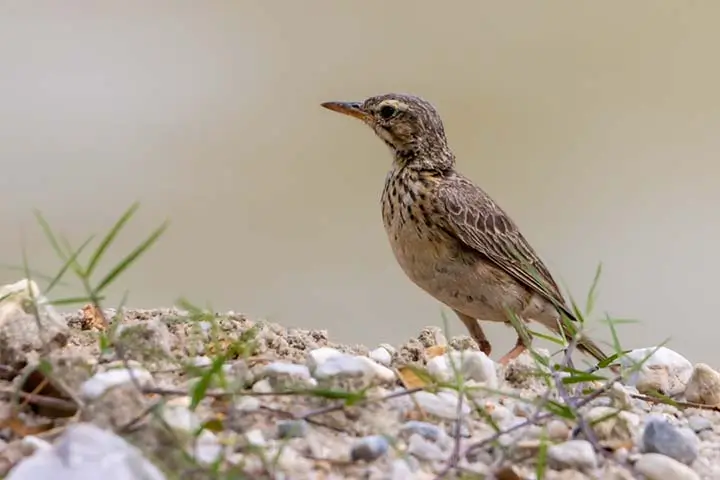
Nkanga River Conservation Area near Choma in southern Zambia, the best site for Zambia's endemic, Chaplin's Barbet, within easy reach of Victoria Falls, Kafue National Park and Lochinvar.
Read More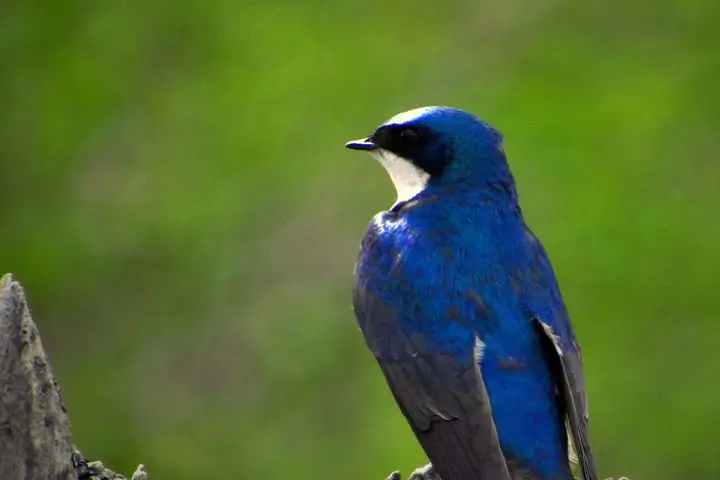
Nyika National Park is the best area to find all the montane specials, camping, or accommodation on Malawi side close by.
Read More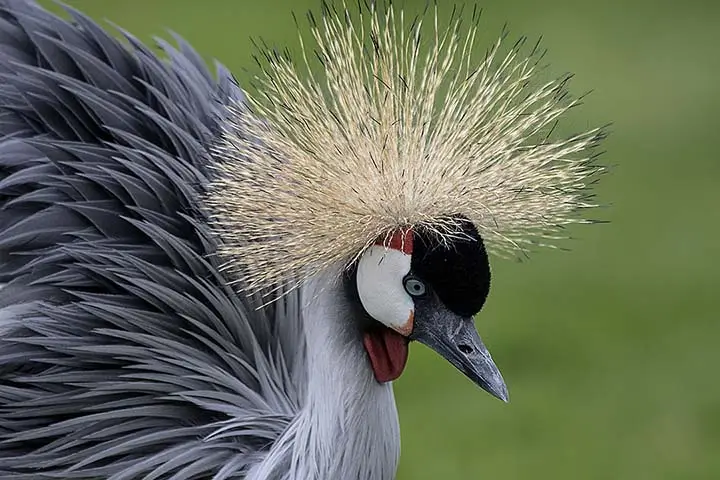
outh Luangwa is a birder's paradise. With about 400 of Zambia's 732 species of birds occurring in the park, including 39 birds of prey and a large number of migrants from northern climes, there is plenty for the birdwatcher to spot.
Read More
Hike along the footpaths of the park, looking for some of the special bird species that occur here, including the beautiful Schalow's Turaco, loud Trumpeter Hornbill, quite rare Collared Palm Thrush, Verreaux's Eagle.
Read More